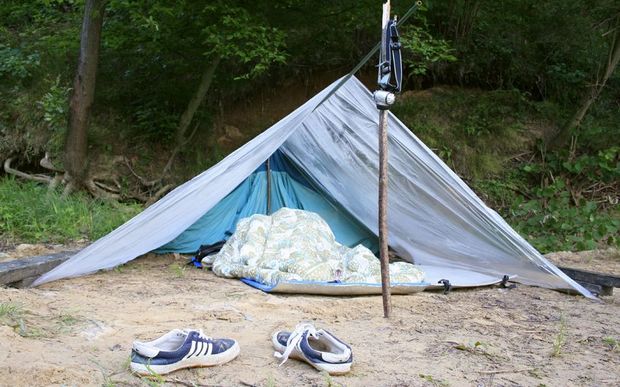
During a conversation with a guy named David last week, I asked him what part of town was home for him. His answer was stunning, but not surprising.
“I live in a tent,” he told me as if it was nothing.
I asked where. This time, the answer was fuzzier.
“There are a few places. The cops have come along and told me I cannot do this,” David said solemnly.
This is not part of the postcard pictures of Northumberland.
This conversation comes on the heels of a presentation to Cobourg council warning if someone suddenly needs a place to rent, chances are nothing is available.
It is a stark message from the Northumberland Affordable Housing Committee. The vacancy rate is 0.3 percent, that is far below the provincial average of 3.4 percent. Councillors heard the local population increased by four per cent since 2006, but rental units have only increased two percent.
The average length of time a person in Northumberland spends homeless is 30 months, according to a local survey released earlier this year.
Apparently, David falls into this category.
In stark contrast, the average home in Cobourg hit $436,429, year to date, according to the Northumberland Hills Association of Realtors. In June, prices hit a record high compared to last year.
But all the news is not bad. A 31-unit affordable housing project was announced two weeks ago on Munroe Street with joint funding from the federal and provincial governments. It is a mixed project, where some units will be affordable, while others are geared to income.
Also, Habitat for Humanity announced last month it is participating in the Canada 150 Carter Project by constructing four new homes in Port Hope. It is part of a nation-wide goal to create 150 new affordable houses, supported by Jimmy and Rosalynn Carter, the former American president, and his wife.
But, this does not address the incredible need identified in the county study: A Home for Everyone is Key, released in November 2016. This groundbreaking study, the first of its kind in Northumberland, collected data from 302 homeless people and families. It shone a bright light on the situation, providing some stark results, as well as capturing the complexity of the issue by showing the range of homeless people and families, along with other challenges people face like mental health, physical health, substance abuse or trauma.
The county’s affordable housing committee is dedicated to working towards a solution, looking to provide a broad range of accommodation. There exists a spectrum of providers, from temporary shelters in transitional housing to rent subsidy programs to affordable single-home housing.
But politicians and policy-makers need to be far more aggressive. As the local statistics show, when the marketplace is left on its own, it creates housing far out of the reach of everyday people, let alone those who sit on the margins. Toronto refugees with bulging bank accounts from selling their homes in the big city come ready to spend. Market forces take over like a tsunami flooding the region and driving prices upward.
Higher housing prices mean higher assessments as new housing is constructed. The additional property taxes fill municipal coffers. It is an addiction no politician willingly gives up.
There are no easy answers. Developers are businesspeople first, motivated by profits. Realtors and investors are similarly driven. And, it is not just about finding someone a place for someone to sleep. Poverty reduction, closing gaps within the social services system, development planning, emergency shelters and specific strategies to prevent homelessness are needed.
But so is public pressure.
Let’s not forget David.
Originally published: July 26, 2017